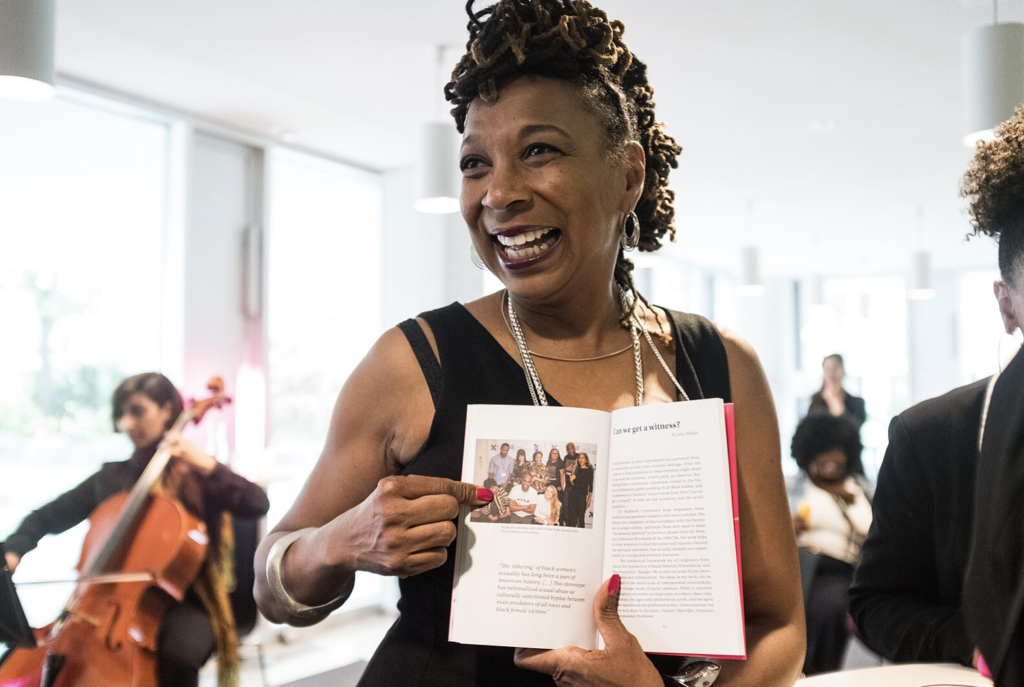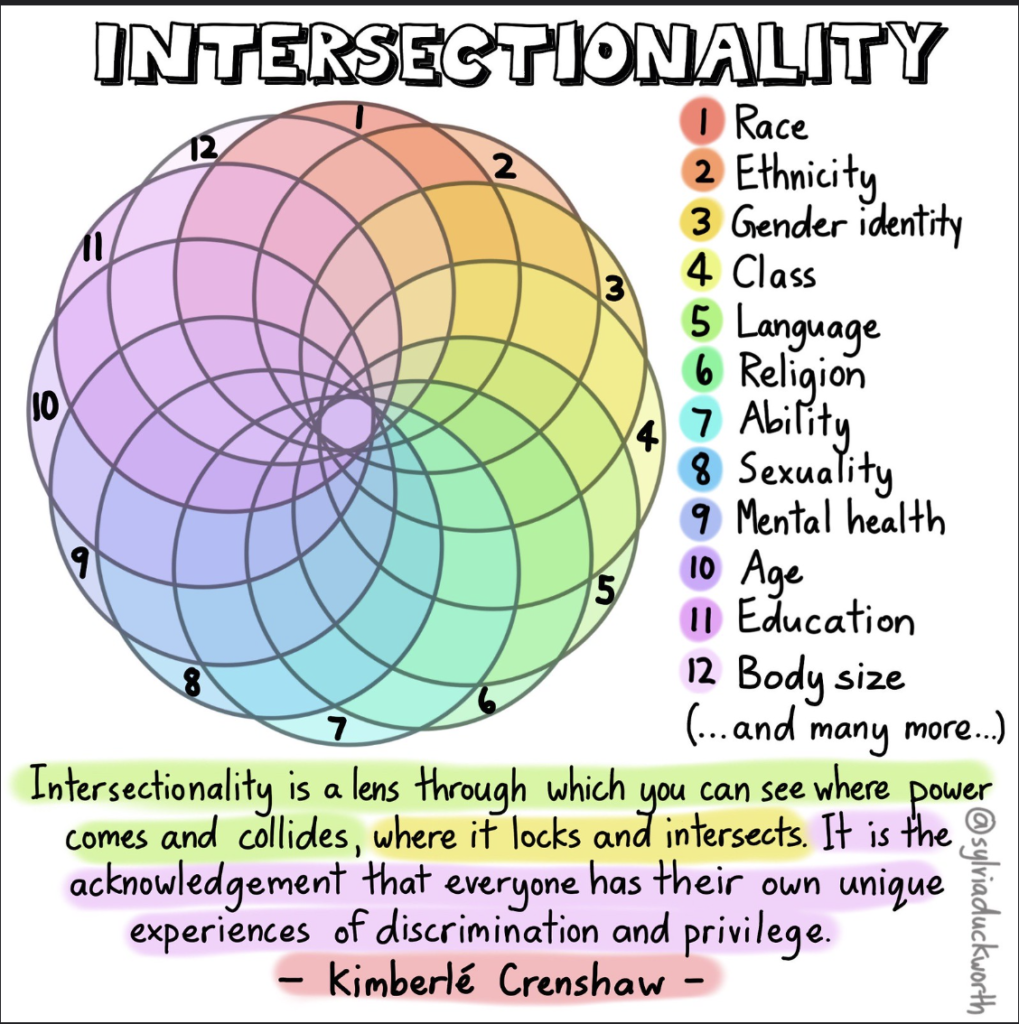Gender and The Dream
Image of Kimberlé Crenshaw who coined Intersectionality. (Foto: Mohamed Badarne, CC-BY-SA-4.0 by Heinrich-Böll-Stiftung from WikimediaCommons. CC-BY-SA-4.0)

Gender is another barrier that affects the achievement of the American dream. Women face their own oppression as they are often seen as second-class citizens who must live with glass ceilings that control their achievements (Bailey and DiPrete 2016; Glauber 2018). The presence of gender-based pay inequity is a widely recognized issue that addresses the gender pay gap between men and women. A recent study has explored the relationship between support for the American dream and the presence of gender-based pay (GBP) (Newman 2016). Newman (2016) found that women who were affected by GBP were less likely to believe in the American dream of equal opportunity and class mobility because they were under-compensated for work in comparison to men (Glauber 2018). This showcases how the oppression women face affect their livelihood which further translates to their disbelief and opposition for the ideology of the American dream.
Gender is another barrier that affects the achievement of the American dream. Women face their own oppression as they are often seen as second-class citizens who must live with glass ceilings that control their achievements (Bailey and DiPrete 2016; Glauber 2018). The presence of gender-based pay inequity is a widely recognized issue that addresses the gender pay gap between men and women. A recent study has explored the relationship between support for the American dream and the presence of gender-based pay (GBP) (Newman 2016). Newman (2016) found that women who were affected by GBP were less likely to believe in the American dream of equal opportunity and class mobility because they were under-compensated for work in comparison to men (Glauber 2018). This showcases how the oppression women face affect their livelihood which further translates to their disbelief and opposition for the ideology of the American dream.
The visual below highlights the foundation of intersectionality. (sylviaduckworth from Flickr. CC BY NC-ND 2.0)

However, the intersectional barrier of being a woman of color creates added challenges comprised of both racist and sexist barriers. Intersectionality highlights the crucial need to acknowledge how systems work against individuals in multiple ways (Crenshaw 2017). These systems limit and disproportionately affect women of color because of the presence of both forms of discrimination. Women of color not only have to worry about gender pay gaps, but the lack of education and resources to achieve higher means of success, making them stay in a limited mobility role. Consequently, leaving women of color with limited class mobility and the resources and general access to resources. Therefore, disabling achievement of the stereotypical American dream. The connection between Black feminist thought and critical race theory illustrates how both frameworks work to understand and combat marginalization (Johnson 2015). While there are systemic and institutional barriers women of color face, social barriers such as stereotypes also limit their access to opportunities (Bailey and DiPrete 2016). Associations and assumptions about women of color create a systemic issue that affects hiring, educational access and opportunities, promotions, and discrimination. This is important to consider while evaluating rap artists’ gender because it is a predominantly Black and male dominated genre. Therefore, the variations in men and women’s storytelling will broaden the scope of the rhetoric surrounding the American Dream.